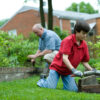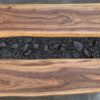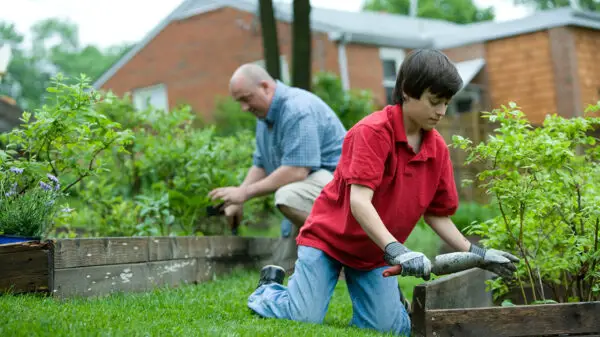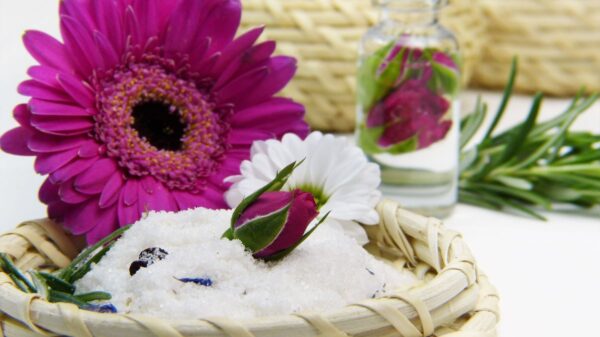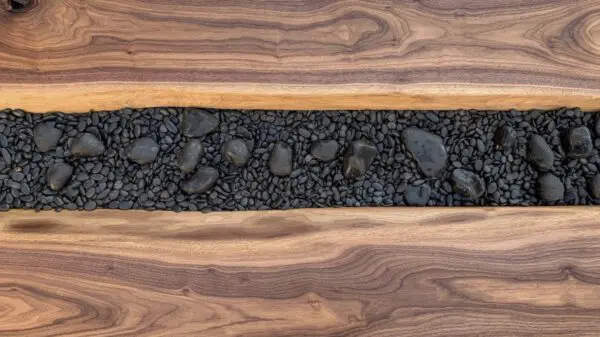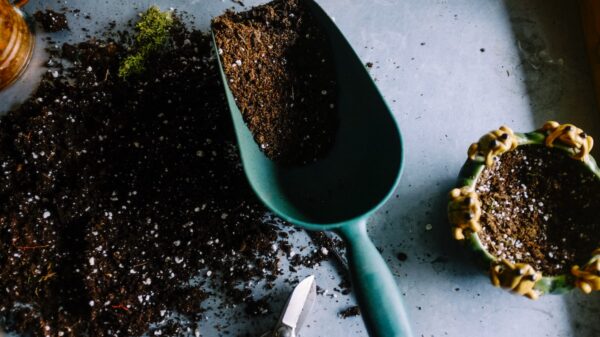How Do I Troubleshoot Common Microgardening Problems?
Introduction
Microgardening is a popular practice for cultivating plants in small spaces, allowing individuals with limited areas to enjoy the benefits of gardening. However, microgardening comes with its fair share of challenges. In this comprehensive guide, we will address how to troubleshoot common microgardening problems. From pests and diseases to nutrient deficiencies and watering issues, we’ll cover it all. Let’s explore how to troubleshoot common microgardening problems and ensure a successful gardening experience.

1. Pests: The Unwanted Guests
Pests can be a major nuisance in microgardens, causing damage to plants and hindering their growth. Common pests in microgardens include aphids, snails, slugs, and spider mites. To tackle pest problems effectively, follow these strategies:
- Regularly inspect your plants for signs of pests, such as chewed leaves or the presence of pests themselves.
- Introduce beneficial insects like ladybugs and lacewings, which feed on garden pests.
- Utilize organic pest control methods such as neem oil or insecticidal soap to repel or eliminate pests.
- Maintain a clean and tidy microgarden, as pests are attracted to decaying plant matter.
- Practice companion planting by growing pest-repellent plants alongside vulnerable plants.
2. Diseases: Identifying and Treating Common Microgarden Ailments
Diseases can spread rapidly in microgardens, leading to plant damage and reduced yields. Common microgarden diseases include fungal infections, bacterial diseases, and viral infections. Follow these steps to troubleshoot and manage diseases in your microgarden:
- Regularly inspect plants for signs of diseases, such as spots, wilting, or discoloration.
- Practice good hygiene by cleaning gardening tools and equipment to prevent disease transmission.
- Provide adequate airflow by spacing plants properly, reducing the chances of disease development.
- Opt for disease-resistant plant varieties to minimize the risk of infection.
- Apply organic fungicides or bactericides, such as copper-based sprays, to control the spread of diseases.
3. Nutrient Deficiencies: Nourishing Your Plants for Optimal Growth
Nutrient deficiencies can impede plant growth and result in poor yields. It is essential to address nutrient imbalances promptly. Consider the following steps for troubleshooting nutrient deficiencies:
- Familiarize yourself with common nutrient deficiencies and their symptoms. For example, yellowing leaves may indicate a nitrogen deficiency.
- Conduct soil tests to determine nutrient levels and adjust fertilization accordingly.
- Use organic fertilizers or compost to provide a balanced mix of nutrients to your plants.
- Consider foliar feeding, which involves applying nutrients directly to the leaves for quick absorption.
- Mulch your microgarden to conserve moisture and gradually release nutrients into the soil.
4. Watering Woes: Finding the Right Balance
Proper watering is crucial for the success of a microgarden. However, overwatering or underwatering can have detrimental effects on plant health. Follow these tips to troubleshoot watering issues in your microgarden:
- Understand the specific water requirements of your plants and provide them with the appropriate amount of water.
- Regularly check soil moisture by inserting your finger into the soil. If it feels dry beyond the top inch, it’s time to water.
- Use mulch to retain soil moisture and prevent rapid evaporation.
- Consider self-watering containers or drip irrigation systems for consistent moisture levels.
- Avoid watering during the hottest parts of the day to minimize water loss through evaporation.
5. Soil Issues: Ensuring a Healthy Growing Medium
The quality of soil plays a significant role in the success of your microgarden. Address soil-related problems with these troubleshooting techniques:
- Test the pH level of your soil to ensure it falls within the appropriate range for the plants you are growing.
- Improve soil structure and drainage by incorporating organic matter, such as compost or aged manure.
- Avoid compacted soil by loosening it with a garden fork or tiller.
- Practice crop rotation to prevent soil-borne diseases and nutrient depletion.
- Monitor soil moisture and adjust watering practices accordingly to maintain optimal soil conditions.
6. Climate and Environmental Factors: Adapting to Your Microgarden’s Conditions
Microgardens are often subject to specific climate and environmental conditions. Troubleshoot these challenges by implementing the following strategies:
- Select plant varieties that are well-suited to your microgarden’s specific climate and environmental factors.
- Provide shade or windbreaks when necessary to protect plants from extreme weather conditions.
- Adjust watering schedules and techniques to accommodate changes in temperature and humidity.
- Utilize season extenders, such as row covers or cold frames, to protect plants from frost and extend the growing season.
- Monitor microclimate variations within your microgarden and make adjustments accordingly.
7. Sunlight: Harnessing the Power of the Sun
Sunlight is essential for plant growth, and inadequate or excessive sunlight can hinder the success of your microgarden. Troubleshoot sunlight-related issues with these tips:
- Observe the amount of sunlight your microgarden receives throughout the day and identify areas of shade or excessive exposure.
- Choose plant varieties that thrive in the available sunlight conditions of your microgarden.
- Utilize shade cloths or umbrellas to provide partial shade for plants sensitive to intense sunlight.
- Use reflective surfaces, such as mirrors or white-painted walls, to maximize sunlight exposure in shaded areas.
- Consider utilizing artificial grow lights to supplement natural sunlight for indoor microgardens.
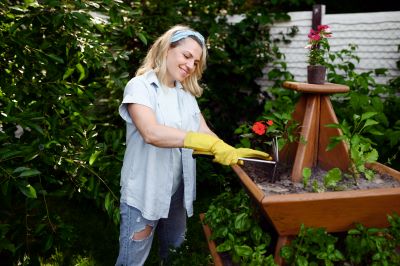
Conclusion
In conclusion, troubleshooting common microgardening problems is essential to ensure a successful and productive microgarden. By addressing issues related to pests, diseases, nutrient deficiencies, watering, soil, climate, and sunlight, you can overcome challenges and cultivate a thriving microgarden. Remember to observe your plants regularly, take preventive measures, and adapt your practices based on their specific needs. With patience, knowledge, and a little bit of troubleshooting, you’ll be well on your way to a bountiful and enjoyable microgardening experience.
FAQs
Q: How often should I inspect my microgarden for pests and diseases?
A: It is recommended to inspect your microgarden at least once a week for signs of pests and diseases. Early detection allows for prompt action, increasing the chances of successful troubleshooting.
Q: How can I prevent pests from infesting my microgarden?
A: To prevent pests from infesting your microgarden, practice good garden hygiene by keeping the area clean and free from debris. Additionally, encourage beneficial insects like ladybugs and lacewings to take up residence in your garden as natural predators of garden pests. Implementing companion planting techniques, such as growing aromatic herbs like rosemary or mint alongside your susceptible plants, can also deter pests.
Q: What should I do if my plants show signs of nutrient deficiencies?
A: If your plants exhibit signs of nutrient deficiencies, first identify the specific nutrient lacking in the plant. You can refer to nutrient deficiency charts or consult a local gardening expert for guidance. Once identified, adjust the fertilization regimen by incorporating organic fertilizers or supplements rich in the deficient nutrient. Regularly monitor the plant’s progress and make necessary adjustments as needed.
Q: How do I know if I am overwatering or underwatering my microgarden?
A: Overwatering and underwatering can both have detrimental effects on your microgarden. To determine if you are overwatering, check the soil moisture levels by inserting your finger into the soil. If it feels excessively wet and waterlogged, you may be overwatering. On the other hand, if the soil feels extremely dry and the plants are wilting, you may be underwatering. Strive to maintain moist, well-drained soil by watering thoroughly when needed and allowing the top layer of soil to dry slightly between waterings.
Q: Can I reuse soil from my previous microgarden?
A: Reusing soil from a previous microgarden is possible, but it requires careful consideration. Microgarden soil tends to become depleted of nutrients over time, so it’s essential to replenish it before reuse. Amend the soil with organic matter such as compost, aged manure, or worm castings to restore its fertility. Additionally, check for signs of diseases or pests that may have affected the previous plants. If present, it’s best to discard the soil and start with fresh, disease-free soil to avoid potential issues.
Q: What are some natural methods to control pests in a microgarden?
A: Natural pest control methods can be effective in managing pests in a microgarden. Consider using neem oil, a natural insecticide derived from the neem tree, which can repel and disrupt the lifecycle of various pests. Another option is insecticidal soap, a gentle solution that suffocates soft-bodied insects like aphids or mites. Additionally, diatomaceous earth, a powdery substance made from fossilized algae, can be sprinkled around plants to deter crawling pests. These natural methods are safer for beneficial insects and the environment.
Q: How can I protect my microgarden from extreme weather conditions?
A: Extreme weather conditions can pose challenges to microgardens. To protect your microgarden, consider using row covers or protective structures like cold frames or cloches during periods of frost or low temperatures. Provide shade during scorching hot days by using shade cloths or placing plants strategically to avoid direct sunlight. Additionally, consider incorporating windbreaks or installing trellises to shield your microgarden from strong winds. Adapting to weather conditions ensures the optimal growth and health of your plants.



